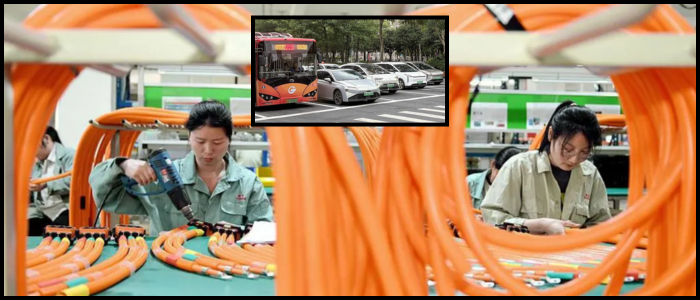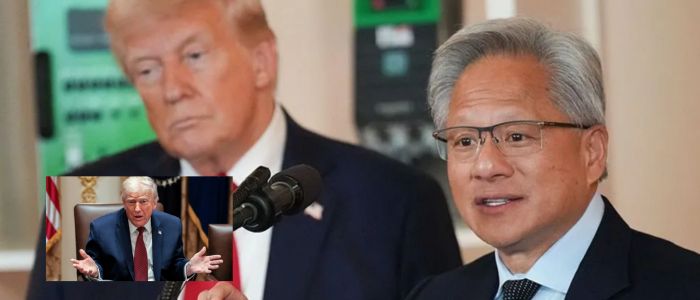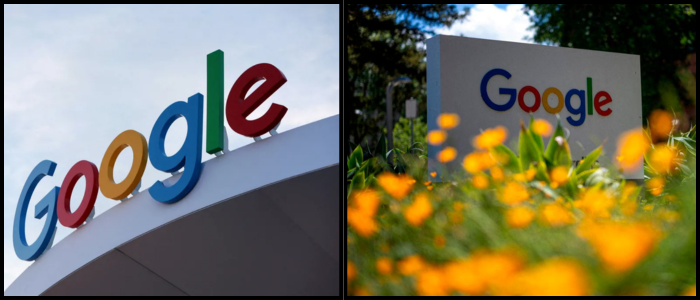How China's EV Revolution Was Planned.
China's EV leadership began with long-game planning. In the early 2000s, the government drew up a vision to achieve leadership in future technologies, notably electric vehicles. In 2007, China's science minister at the time, Wan Gang, an engineer with training in Germany, was convinced that China had a chance to leapfrog foreign carmakers by concentrating on electrics, where no global brand then dominated.
This transition was heavily subsidised by the government. From 2009 to 2023, approximately $231 billion had been invested in the EV ecosystem. This included subsidies for consumers as well as for carmakers, battery suppliers and power companies. Companies like BYD pivoted from producing phone batteries to electric vehicles, while CATL, which was established in 2011, emerged as the world's biggest producer of EV batteries, to brands such as Tesla and Volkswagen.
Today upgraded chinese technology lends credence to this surge with the world's largest public charging network. Fast, affordable charging is more widely available than ever, making electric driving more convenient than filling up with petrol in many big cities.
The Three A's – Attendance, Accessibility, Availability & Competition, Affordability and Innovation
The hot competition in China has driven down costs and sparked innovation. Newbies like XPeng, which doesn't even have a decade under its belt, have wiggled their way into the global top ten for EV production. Their Mona Max EV, available for around $20,000, includes such amenities as self-driving, voice commands, lie-flat beds and streaming — precisely the sort of features young buyers are coming to expect from their first car.
And the financial incentives are not too shabby, ever. Drivers like Mr. Lu would pay around 200 yuan to fuel a petrol car for 400 km. Now, his EV costs him a fourth of that. And EV buyers get free license plates, which typically cost upward of thousands of dollars in big cities.
Battery-swapping stations, such as those run by Nio, add another layer of convenience. The battery can be fully charged in under three minutes, so drivers won't be stranded waiting at charging points.
Global Scope and Geopolitical Implications
As its home market has become saturated, China is exporting more and more EVs to other countries. Companies like BYD and XPeng have introduced low-cost models in the UK and Europe. But the success has been sowing tensions. The US, Canada and European Union have placed steep import duties on such items, citing unfair practices by China because of enormous state support.
Despite this, the UK is open to Chinese EVs. And with countries pledging to ban petrol and diesel cars by 2030, China is well set to power the global shift. People who cover the industry say China could be producing most of the world's EVs in short order.
But fears about security remain. Former MI6 boss Sir Richard Dearlove recently cautioned Chinese EVs may be used for spying or cyber war. BYD general manager Stella Li responded to this by saying the company has high data security requirements and works with data carriers in foreign countries.
Looking Ahead
Whether seen as a case of green entrepreneurship or a geopolitical challenge, China's drive to develop electric vehicles has always been a world of its own. "The world should thank China for taking it to the world," says driver Sun Jingguo with a chuckle. In China, EVs are no longer something for the future, but the here and now.
Tech

How China Made Electric Vehicles Mainstream

Electric vehicles (EVs) are seen as top-end, eco-friendly luxury items in many parts of the world. In China, where almost half of all new cars sold last year were electric, they have already become a practical, everyday choice. For people like Lu Yunfeng, a private hire driver in Guangzhou, the decision is financial: "I drive an electric because I am poor." This is a reflection of how China has become the world's number one in terms of adoption of and production of electric vehicles.















